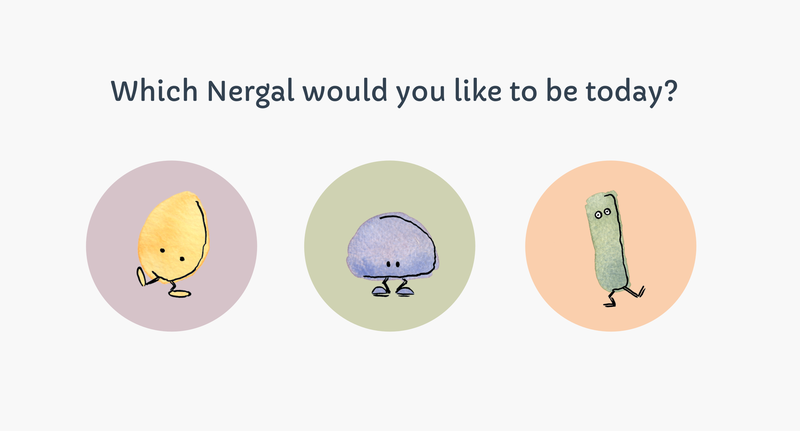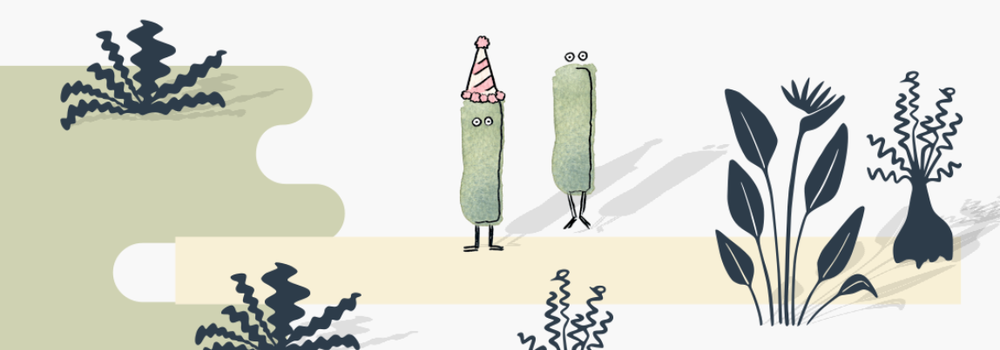Nergal is a citizen science game we're making with epidemiologist Dr. Matthew Silk and PhD student Nitara Wijayatilake at the University of Edinburgh. The purpose is to help understand how social interactions change the way diseases spread through communities. You can check out our first update from January. Here are some of the things we've done since then:
- Social network data: We've been using the fabulous Animal Social Network Repository to get social network data for a selection of different animals with different social systems. The repository is well worth a dig around if you're interesting in that kind of thing - it has everything you could possibly want, for example, a network of cuttlefish 'body to body contact, no fluid exchange'. We've used some of these social networks as the basis for how characters are spread about in the game, so they're clustered according to how different animals would be in real life.
- Diseases: We've made some animations of the characters (Nergals!) sneezing and puking, and made it so that in the game, Nergals can catch infections and get sick - this reduces their health/happiness. Any Nergal within a certain distance of a sick Nergal then has a chance of catching that disease from them. All the numbers behind the scenes can be tweaked, for example to make it more/less likely a Nergal will catch a disease, or change the distance Nergals need to be apart to infect each other. This is a balancing act that we can perfect later, but the main thing is that the dynamics are now working reliably.
- Social interactions: The player can now select another Nergal to go and talk to them, and we have some nice speech bubbles working. Depending on who you speak to, they might offer you a snack in return for friendship. Forming these friendships increases your health/happiness, but if your friend gets sick, you're then more at risk of infection - so you might want to unfriend them. Making and breaking friendships changes the social networks behind the scenes.
- Hats: A seemingly small job that took an incredible amount of time as there are so many animation frames. We have 3 types of Nergal character, and each of them can pick from 3 hats. The hat just means you can tell which Nergal you are among a sea of identical Nergals. Originally we'd though we might have a mix of types of characters in the game at the same time, but at the moment the thinking is that this might change people's behaviour a bit. It might be something we come back to, but for now selecting your Nergal type and hat is just a frivolity, and frivolous things can be quite good sometimes.
So, most of the core dynamics are in, and probably the majority of the assets are done now (in other words the drawings that make it look nice). We're doing this in an unusual order, first getting the fundamental dynamics working, then focusing on how it looks, before then going back to the researchers to work out what complexity needs adding. Normally we'd figure out how pretty much everything works before doing a lot on how it looks, but this one is quite tricky and complicated so it'll need a few iterations. As always making it so the data is robust and rigorous enough for scientific data, while also making it actually fun to play, is quite a balancing act - most citizen science 'games' aren't really games or particularly fun...


